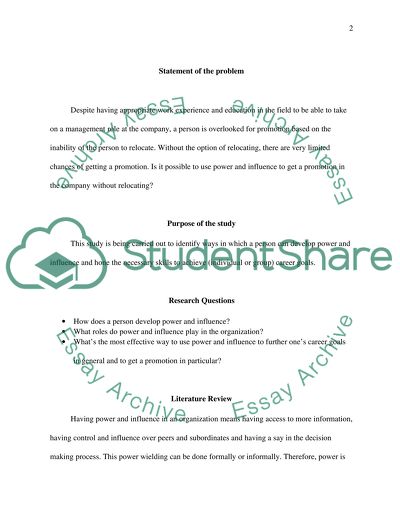Cite this document
(Power and Influence in the Organization Research Paper, n.d.)
Power and Influence in the Organization Research Paper. Retrieved from https://studentshare.org/human-resources/1564380-using-power-and-influence-to-get-a-promotion
Power and Influence in the Organization Research Paper. Retrieved from https://studentshare.org/human-resources/1564380-using-power-and-influence-to-get-a-promotion
(Power and Influence in the Organization Research Paper)
Power and Influence in the Organization Research Paper. https://studentshare.org/human-resources/1564380-using-power-and-influence-to-get-a-promotion.
Power and Influence in the Organization Research Paper. https://studentshare.org/human-resources/1564380-using-power-and-influence-to-get-a-promotion.
“Power and Influence in the Organization Research Paper”. https://studentshare.org/human-resources/1564380-using-power-and-influence-to-get-a-promotion.


